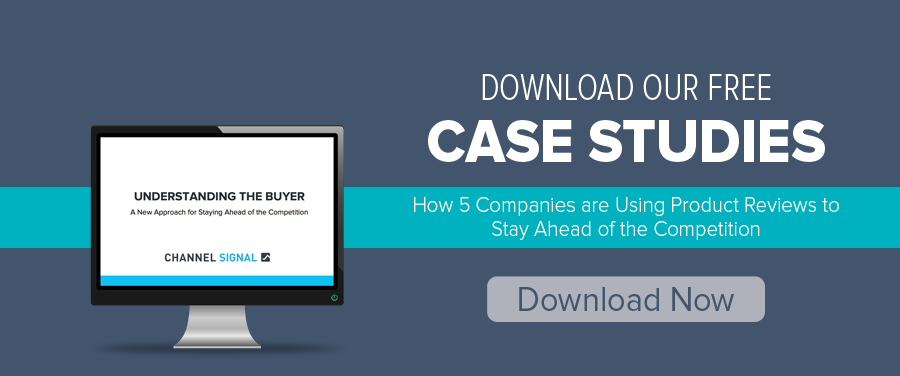Companies spend millions of dollars on Voice of the Customer (VOC) tools. The goal? Understand their customers and prospects in order to improve products, customer service, messaging and marketing. These tools include surveys, focus groups, customer service reports and athlete or celebrity endorsements, among others. However, collecting and measuring the true Voice of the Buyer (VOB) is often not in the mix of the typical VOC initiative.
Let’s look at some of these VOC tools
1. Focus Groups
The Marketing Research Association reports that almost 70% of all marketing research dollars at Fortune 500 companies are spent on focus groups and Interactive Customer Interviews (ICI). The problems are:
- 1 or 2 dominant people control the conversations and therefore the conclusions
- Focus groups are not representative of the marketplace. In fact, many are conducted with proprietary online communities (PR Week).
- They are in an artificial environment. In other words the users are not using the products in the kitchen, the work place or in the field.
2. Surveys
Surveys are cost-effective, easy to administer and provide quick feedback from customers. The problems are:
- Surveys can deliver a large dataset, but are very structured due to inflexible questions
- The answers may not be accurate due to time constraints or unanswered questions
- 80% of consumers have abandoned a survey half-way through (OpinionLab)
3. Customer Service Reports
Intel from Customer Service tickets and correspondence is effective because it reports back on the successes and failures of products and services. But:
- The Customer Contact Council has found that “delighting customers doesn’t build loyalty; reducing their effort—the work they must do to get their problem solved—does”.
- The information may be flawed due to the representative’s interpretation of the consumer comments
- Customer Service often is unaware of a problem until consumers have a bad experience, so the representative needs to separate fact from emotion.
4. Athlete Feedback & Endorsements
These can be effective because they can bring personality and product performance-by-example to a brand.
- Athletes are human and may be right or wrong about their assessment of product performance
- The presence of some high powered athletes may eclipse your brand’s stickiness
- Feedback and endorsements from celebrities and athletes can be expensive
The one VOC metric to benchmark them all
In order to measure the effectiveness of the other VOC tools, a benchmark is needed. It may or may not come as a surprise to find out that product reviews are the key to benchmarking your other VOC metrics. Product reviews are the big dataset that can lend credibility to or disprove the findings of the other tools.
Why? Because product reviews are from customers who have used the products–in the kitchen, in the car, in the outdoors. They’re assigning scores for a product’s performance, and often surrounding that with their personal stories.
When you aggregate and compare your product reviews to your surveys, focus groups and other VOC methodologies, how do they stack up? Did the folks who were incentivized to rate your products pre-launch, have congruent opinions as buyers with real use cases?
Analyzing product reviews is the most accurate way to validate the results you find with other VOC tools. Channel Signal’s dashboard makes this easy. Contact us to see a live demo.


